Skier en Australie et en Nouvelle-Zélande peut être délicat. Les conditions de neige changent rapidement - glacée un instant, fondante le suivant. Et avec une courte saison de juin à septembre, vous voulez un équipement qui travaille dur sans vous faire perdre temps ni argent. C’est là que Snowfeet entre en jeu. Ces short skis (allant de 15 à 120 pouces) sont compacts, faciles à utiliser, et parfaits pour les pentes imprévisibles Down Under. Ils sont aussi économiques et compatibles avec des chaussures d’hiver classiques. Voici un aperçu rapide de vos options :
- Mini Ski Skates (38 cm) : Parfaits pour les débutants, les virages serrés et la portabilité (150 $).
- Snowfeet PRO (50 cm) : Un cran au-dessus avec une meilleure stabilité et un meilleur contrôle (199 $).
- Skiskates (44 cm) : Légers et polyvalents pour tous les niveaux (390 $).
- Skiblades (65-120 cm) : Options plus longues pour plus de stabilité et des terrains variés (450 $–690 $).
- POWDER (99 cm) : Conçu spécialement pour la neige molle et le hors-piste ludique (490 $).
Snowfeet rend le ski plus simple, surtout pour les skieurs occasionnels ou ceux qui veulent voyager léger. Que vous soyez à Perisher, Thredbo ou Queenstown, ces skis courts sont parfaits pour profiter pleinement de chaque journée de neige. Entrons dans les détails.
Top 5 des destinations de ski en Australie | 2023
1. Snowfeet Mini Ski Skates (38 CM)
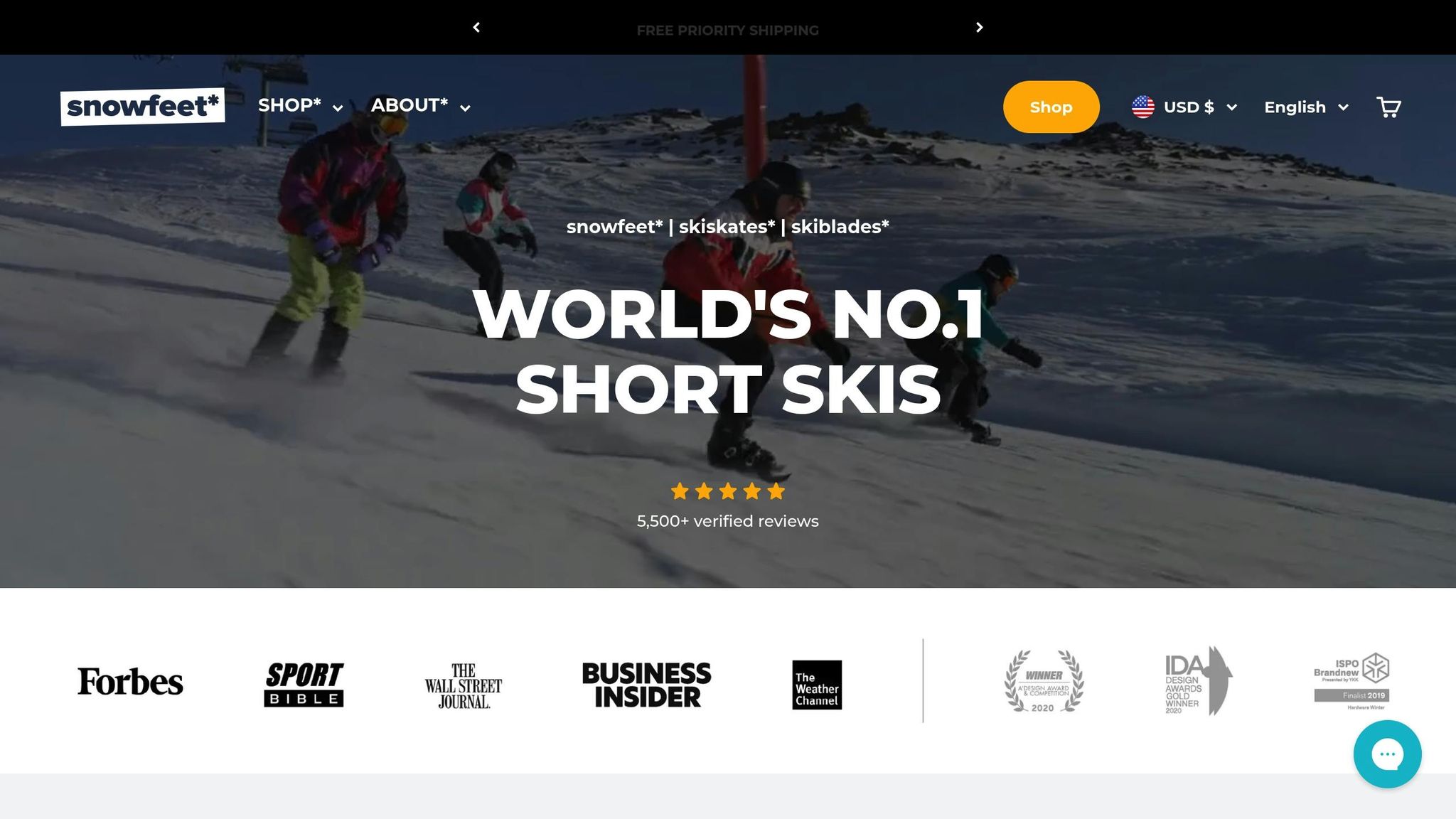
Les Snowfeet Mini Ski Skates sont l'option la plus petite de la gamme, mesurant seulement 15 pouces (38 cm) de long. Ils sont conçus pour des virages rapides et une réactivité aiguë, ce qui en fait un excellent choix pour une journée amusante et flexible sur les pistes.
Portabilité
En matière de facilité de transport, les Mini Ski Skates sont difficiles à battre. Leur taille compacte signifie qu'ils peuvent facilement tenir dans un sac à dos standard, ce qui est parfait pour les skieurs qui dépendent des transports en commun pour se rendre dans des stations comme Perisher ou Mount Hutt.
Ils sont aussi super légers, ce qui rend la navigation dans les zones de lodge bondées très facile. Les skis traditionnels peuvent peser entre 8 et 12 livres (3,6-5,4 kg) sans fixations, mais ces Skiskates sont une option beaucoup plus maniable. Que vous partiez pour une sortie d'une journée ou un week-end, leur portabilité est un atout majeur - et cela améliore même leur performance sur un terrain imprévisible.
Performance dans des conditions de neige variables
Les Mini Ski Skates excellent dans des conditions de neige imprévisibles, fréquentes dans des endroits comme Coronet Peak et Falls Creek. Leur design court et à virages serrés vous donne un contrôle incroyable sur les plaques de glace et vous permet d'ajuster rapidement lorsque la neige passe de damée à soufflée en quelques minutes.
Comme ils ont une surface plus petite, il y a moins de risque d'accrocher un bord, ce qui vous offre une meilleure stabilité lorsque le terrain change soudainement. Là où les skis traditionnels peuvent avoir du mal avec des changements rapides de direction sur des sentiers étroits, ces Skiskates répondent instantanément à vos déplacements de poids et mouvements.
Polyvalence sur tous les terrains et niveaux de compétence
Ces skates sont une option fantastique pour les skieurs débutants et intermédiaires qui veulent gagner en confiance sans la difficulté de gérer de longs skis. Dans les parcs de terrain, leur taille compacte est un énorme avantage pour pratiquer les sauts et les figures sans l'encombrement des skis traditionnels. Même les skieurs avancés aiment les utiliser pour des sessions freestyle ou pour enseigner à leurs amis et à leur famille.
Cela dit, ils ne sont pas le meilleur choix pour le POWDER profond ou le carving à grande vitesse sur des pistes larges. La surface plus petite ne fournit pas assez de portance pour la neige fraîche, ils conviennent donc mieux aux pistes damées ou aux aventures hors-piste modérées. Pourtant, leur polyvalence en fait un choix amusant et pratique pour une large gamme de conditions.
Coût et valeur
À seulement $150, les Mini Ski Skates sont une alternative économique aux équipements de ski traditionnels. Une paire basique de skis avec fixations coûte généralement entre 400 et 800 $, sans compter les chaussures de ski, qui peuvent ajouter entre 200 et 500 $.
L'un des meilleurs avantages ? Ils sont compatibles avec des chaussures d'hiver classiques, donc pas besoin d'investir dans des chaussures spécialisées. Pour les familles explorant les domaines skiables en Australie ou en Nouvelle-Zélande, cela signifie de grandes économies tout en profitant d'une véritable expérience de ski dans une variété de conditions.
Ensuite, voyons comment le Snowfeet PRO (50 CM) monte d'un cran avec des performances encore plus dynamiques.
2. Snowfeet PRO (50 CM)
Le Snowfeet PRO, mesurant 20 pouces (50 cm), trouve le juste milieu entre les Mini Ski Skates ultra-compacts et les skis traditionnels plus longs. Il offre de meilleures performances tout en conservant l'agilité qui rend les short skis si amusants sur les pistes d'Australie et de Nouvelle-Zélande.
Portabilité
Avec seulement 20 pouces de long et au prix de $199, le PRO est un rêve pour les voyageurs. Il se glisse dans des sacs de voyage standards, ce qui évite d'avoir un équipement de ski encombrant. De plus, il fonctionne avec des chaussures d'hiver classiques, économisant à la fois de l'espace de rangement et de l'argent comparé aux équipements de ski traditionnels qui commencent souvent à 600 $. Pour ceux qui sautent d'une station de ski à l'autre en Australie et en Nouvelle-Zélande, ils peuvent être enregistrés comme bagages ordinaires, réduisant ainsi les frais supplémentaires des compagnies aériennes. Compacts et légers, ils sont un excellent choix pour les personnes en déplacement.
Performance dans des conditions de neige variables
La longueur supplémentaire du PRO lui confère un avantage notable en stabilité par rapport aux Mini Ski Skates, sans perdre la réactivité rapide pour laquelle les short skis sont connus. Que vous affrontiez les pistes glacées du matin à Mount Buller ou que vous gériez les pentes venteuses de Cardrona, le PRO adhère mieux, rendant le carving plus sûr.
Sa longueur de 50 cm est parfaite pour les conditions de neige imprévisibles du ski dans l'hémisphère sud. Des pistes damées aux surfaces compactées par le vent, ce ski gère tout. Il répond rapidement aux changements de poids et offre juste assez de surface pour garder les virages fluides et stables - sans l'encombrement des skis longs traditionnels.
Polyvalence sur tous les terrains et niveaux de compétence
Grâce à sa stabilité, le PRO brille sur une variété de terrains. Les skieurs intermédiaires trouveront qu'il renforce leur confiance sur les sections plus raides, tandis que les skieurs avancés apprécieront sa réactivité dans les snowparks et sur les bosses.
Sur les pistes damées, il est excellent pour le carving, avec une longueur suffisante pour enchaîner les virages en douceur à des vitesses modérées. En situation d'enseignement, les moniteurs peuvent facilement démontrer les techniques, et les élèves peuvent suivre sans difficulté.
Pour les fans de freestyle, le PRO offre une plateforme solide pour les sauts et les figures, tout en restant assez agile pour les rotations. Cela dit, comme la plupart des skis courts, il n'est pas conçu pour la poudreuse profonde ou les descentes à grande vitesse sur des pistes larges.
Prix et valeur
Avec des fixations réglables et une gamme d'options de couleurs, le PRO offre un niveau de personnalisation que vous ne trouverez pas sur les skis traditionnels d'entrée de gamme. Sa compatibilité avec les chaussures d'hiver classiques est un grand économiseur d'argent, en faisant une option fantastique pour les skieurs occasionnels ou les familles souhaitant s'équiper pour des séjours dans les stations de ski australiennes et néo-zélandaises.
Ensuite, nous allons plonger dans les Snowfeet Skiskates (44 CM) et voir comment leur conception à noyau en bois apporte un plus aux fans de skis courts.
3. Snowfeet Skiskates (44 CM)
Les Snowfeet Skiskates, mesurant 44 cm (17 pouces), possèdent un noyau en bois et commencent à 390 $. Ces skates offrent une alternative compacte et portable au matériel de ski traditionnel, restant fidèles à l'approche de Snowfeet* axée sur la simplicité et la facilité d'utilisation.
Portabilité
Avec seulement 44 cm, ces skates sont assez petits pour se glisser facilement dans un sac à dos. Leur construction légère les rend faciles à transporter, parfaits pour atteindre des sentiers étroits ou des spots en pleine nature qui pourraient être difficiles avec des skis standards. Si vous cherchez une option prête à l'emploi, ces skates sont faits pour vous.
Polyvalence
Le design ingénieux des Skiskates les rend parfaits pour tous types de terrains. Que vous glissiez sur des pistes damées ou que vous partiez à l'aventure hors-piste, ces skates s'adaptent facilement. Ils sont un choix solide pour les skieurs de tous niveaux, que vous restiez à la station ou que vous exploriez de nouveaux horizons.
Prix et valeur
À partir de 390 $, les Snowfeet Skiskates sont une alternative économique et portable aux équipements de ski traditionnels. Leur taille compacte signifie que vous pouvez éviter les solutions de rangement encombrantes, ce qui les rend idéaux pour les voyageurs et les skieurs occasionnels qui veulent de la commodité sans sacrifier le plaisir.
Ensuite, les Snowfeet Skiblades apportent encore plus d'options, avec des longueurs étendues et des performances améliorées pour affronter des terrains variés.
sbb-itb-17ade95
4. Snowfeet Skiblades (65 CM, 99 CM, 120 CM)
Les Snowfeet Skiblades sont disponibles en trois longueurs : 65 cm, 99 cm et 120 cm, au prix de 450 $, 490 $ et 690 $ respectivement. Ils se situent confortablement entre les skiskates ultra-compacts et les skis de longueur complète, offrant une polyvalence pour une variété de conditions.
Portabilité
Les Skiblades les plus longs, à 120 cm, mesurent un peu moins de 4 pieds, ce qui les rend bien plus faciles à transporter que les skis standards, qui mesurent généralement entre 5,5 et 6 pieds. Le modèle de 65 cm est assez compact pour tenir dans des sacs à skis standards et des coffres de voiture. Toutes les tailles éliminent les tracas liés à l'équipement encombrant et aux frais supplémentaires souvent associés au transport des skis traditionnels. Cette portabilité change la donne, surtout pour ceux qui naviguent sur les routes étroites des montagnes australiennes ou accèdent à des spots de ski isolés en Nouvelle-Zélande, où chaque centimètre compte.
Performance dans des conditions de neige variables
Skier en Australie et en Nouvelle-Zélande signifie souvent faire face à un mélange de conditions de neige - glacée le matin et boueuse l'après-midi. Grâce à leur longueur plus courte, les Skiblades offrent un excellent contrôle des carres, permettant des ajustements rapides au fur et à mesure que les conditions changent. Le modèle de 99 cm atteint le point idéal, offrant suffisamment de surface pour flotter dans la neige plus molle tout en restant agile sur les surfaces dures et compactes. Que vous carvez sur la glace ou glissiez sur la boue, ces Skiblades vous permettent de vous adapter à l'humeur imprévisible de la montagne.
Polyvalence sur tous les terrains et niveaux de compétence
Les Skiblades de 65 cm brillent dans les snowparks et les passages étroits en forêt, là où les skis traditionnels peuvent sembler encombrants. Pour les skieurs intermédiaires, cette longueur est parfaite pour gagner en confiance sur des pentes plus raides sans l'intimidation des skis plus longs. Le modèle de 99 cm est le plus polyvalent, gérant tout, des pistes damées à la POWDER légère avec aisance, ce qui en fait une option tout-en-un pour les skieurs qui recherchent la simplicité. Pendant ce temps, les Skiblades de 120 cm offrent la stabilité dont les skieurs avancés ont besoin pour des virages à grande vitesse ou dans une neige plus profonde. Que vous soyez au parc ou en train de carver sur la montagne, ces Skiblades offrent des transitions fluides sur divers terrains.
Prix et valeur
En termes de rapport qualité-prix, les Skiblades se démarquent. Ils sont prêts à l’emploi dès la sortie de la boîte, évitant les coûts supplémentaires des fixations et du montage associés aux skis traditionnels. Les skis conventionnels de marques reconnues coûtent généralement entre 600 $ et 1 200 $, et vous pourriez avoir besoin de plusieurs paires pour différentes conditions. En revanche, les Skiblades de 99 cm peuvent à eux seuls remplacer les skis all-mountain et park, faisant du prix de 490 $ un investissement intelligent pour les skieurs qui veulent de la flexibilité sans dépenser trop.
Ensuite, nous explorerons une option spécialisée qui ajuste la longueur de 99 cm spécifiquement pour la poudre, offrant une solution adaptée aux aventures hors-piste en Australie et en Nouvelle-Zélande.
5. Snowfeet POWDER (99 CM)
Le Snowfeet POWDER est conçu avec un objectif précis : affronter la neige profonde et molle. Avec seulement 99 cm de longueur, ce ski est fait pour les aventures hors-piste en Australie et en Nouvelle-Zélande. Proposé à 490 $, il est conçu pour gérer les défis du terrain poudreux tout en restant compact et efficace.
Performance dans des conditions de neige variables
La forme plus large et la longueur plus courte du POWDER en font un modèle remarquable en poudreuse. Il flotte sans effort dans la neige molle tout en offrant des virages rapides et agiles lors de la transition vers des surfaces plus dures et compactes. Cette polyvalence est parfaite pour les conditions imprévisibles du hors-piste souvent rencontrées en Australie et en Nouvelle-Zélande.
Ce qui est particulièrement intéressant, c’est la façon dont le POWDER gère les couches fines de poudre sur des bases plus dures. Alors que des skis plus longs pourraient couper et s’enfoncer, la répartition équilibrée du poids du POWDER vous permet de rester en surface, prouvant que des skis plus courts peuvent offrir d’excellentes performances en poudre sans compromis.
Polyvalence pour différents terrains et niveaux de compétence
Dans le hors-piste de Nouvelle-Zélande, où les passages étroits entre les arbres et les couloirs raides défient même les skieurs expérimentés, le POWDER brille. Sa longueur plus courte permet des virages précis et contrôlés, en faisant un excellent choix pour les skieurs avancés. En même temps, son design aide les intermédiaires à gagner en confiance sur un terrain difficile.
Ce n'est pas seulement pour le hors-piste. Le POWDER tient sa place dans les snowparks, alliant performance spécifique à la poudre et agilité adaptée au park. Contrairement aux skis de poudre traditionnels, qui peuvent sembler encombrants sur les sauts et les rails, ce modèle trouve un équilibre entre capacité hors-piste et plaisir en park - le tout dans un format compact.
Facile à transporter
Mesurant un peu plus de 3 pieds, le POWDER est incroyablement portable. Il se glisse facilement dans une valise standard ou un coffre de voiture, ce qui le rend facile à emporter lors de votre prochaine aventure. Que vous fassiez une randonnée vers un spot de poudre isolé ou que vous prépariez un voyage, sa taille compacte facilite le transport sans tracas.
Prix et valeur
À 490 $, le POWDER offre un excellent rapport qualité-prix. Contrairement à de nombreux skis de poudre traditionnels qui nécessitent des fixations séparées ou plusieurs configurations selon les conditions, ce modèle est prêt à l'emploi dès la sortie de la boîte. Alors que des marques comme K2 et Rossignol proposent des options spécifiques à la poudreuse, elles sont souvent plus coûteuses et plus complexes. Le POWDER simplifie les choses, offrant une polyvalence haute performance dans un seul ensemble facile à utiliser. C’est un autre exemple de l’engagement de Snowfeet à créer des skis courts performants dans une large gamme de conditions.
Avantages et inconvénients
Les produits Snowfeet* se démarquent lorsqu'on les compare aux skis et snowboards traditionnels, surtout pour les conditions diverses et imprévisibles souvent rencontrées dans les stations de ski australiennes et néo-zélandaises. Bien que chaque type d'équipement ait ses points forts, Snowfeet* apporte des avantages uniques.
L'un des plus grands atouts de Snowfeet* est la portabilité. Les skis traditionnels, qui mesurent généralement 1,5 à 1,8 mètre, nécessitent des barres de toit ou des sacs surdimensionnés pour le transport. Les snowboards ont aussi besoin de housses dédiées et peuvent entraîner des frais supplémentaires en avion. Snowfeet*, en revanche, est compact et facile à transporter. Prenez par exemple les Mini Ski Skates – ils ne mesurent que 15 pouces et peuvent facilement tenir dans un sac à dos. Cela les rend parfaits pour des escapades spontanées vers des spots comme Thredbo ou Queenstown.
Un autre grand avantage de Snowfeet* est la courbe d'apprentissage. Alors que les skis et snowboards traditionnels demandent souvent des jours voire des semaines pour être maîtrisés, la plupart des gens peuvent prendre en main les Snowfeet* en seulement quelques heures. Ce processus d'apprentissage rapide change la donne pour les skieurs en Australie et en Nouvelle-Zélande, où les saisons de ski plus courtes rendent chaque jour sur les pistes précieux.
En matière de polyvalence, Snowfeet* brille également. Les skis traditionnels sont souvent adaptés à des conditions spécifiques, comme les pistes damées ou la poudreuse profonde, et peuvent être encombrants dans les espaces étroits ou sur un terrain variable. Snowfeet* s'adapte facilement aux conditions changeantes de la neige, ce qui en fait un choix fiable pour le temps imprévisible en Australie.
Cela dit, l'équipement traditionnel conserve l'avantage en vitesse et stabilité à haute vitesse. La longueur plus importante des skis conventionnels offre une meilleure flottaison dans la poudreuse profonde et une performance plus constante sur les pistes raides et rapides. Les skieurs avancés qui privilégient la vitesse et la précision peuvent préférer la prévisibilité des configurations traditionnelles dans ces situations.
Voici une comparaison rapide des principales différences :
| Caractéristique | Produits Snowfeet* | Skis traditionnels | Snowboards traditionnels |
|---|---|---|---|
| Portabilité | Se range dans les bagages (15–47 pouces) | Nécessite des barres de toit (60–72 pouces) | Nécessite des housses pour planches (59–65 pouces) |
| Temps d'apprentissage | De quelques heures à une maîtrise basique | De jours à semaines | De jours à semaines |
| Fourchette de prix | 150 $–690 $ équipement complet | ~400 $–1 200 $+ (plus fixations/chaussures) | ~300 $–800 $+ (plus fixations/chaussures) |
| Adaptabilité au terrain | Fonctionne bien dans des conditions variées | Souvent spécialisé selon le type de ski | Bon mais moins maniable |
| Stabilité à haute vitesse | Adapté à la plupart des usages | Excellent | Excellent |
| Espace de rangement | Minimal | Nécessite un espace important | Nécessite un espace important |
Le coût est un autre domaine où Snowfeet* l'emporte. Un équipement de ski traditionnel coûte souvent entre 800 $ et 1 500 $ en incluant skis, fixations, chaussures et bâtons. En comparaison, les produits Snowfeet* sont proposés en pack tout-en-un, avec le modèle le plus cher à 690 $ - nettement plus abordable que de nombreuses options traditionnelles.
Snowfeet* nécessite également moins d'entretien. Alors que les skis traditionnels demandent un réglage régulier, un affûtage des carres et un fartage, les produits Snowfeet* ne requièrent qu'un fartage occasionnel, ce qui permet d'économiser du temps et de l'argent sur la maintenance.
Dans des régions comme l'Australie et la Nouvelle-Zélande, où les conditions de neige peuvent changer radicalement - de la neige dure à la neige molle ou même des plaques de glace en une seule journée - l'adaptabilité de Snowfeet* est un énorme avantage. Alors que les skis traditionnels excellent dans des conditions extrêmes comme la POWDER profonde de plus de 30 cm ou un terrain technique et raide, ces situations sont relativement rares. Pour le skieur moyen, le design compact et agile de Snowfeet* en fait un choix pratique et accessible pour la plupart des sorties.
Conclusion
En skiant en Australie et en Nouvelle-Zélande, l'imprévisibilité fait partie du jeu. Des stations comme Perisher, Falls Creek, Coronet Peak et The Remarkables sont réputées pour la qualité variable de la neige, des saisons plus courtes et une météo en constante évolution. C'est là que les produits Snowfeet* interviennent, offrant une alternative fraîche au matériel de ski traditionnel qui s'adapte parfaitement à ces conditions uniques.
Pour ceux qui débutent ou skient occasionnellement, les Mini Ski Skates sont un excellent moyen de s'initier au sport. Si vous cherchez quelque chose de plus robuste avec une courbe d'apprentissage douce, le modèle PRO répond à vos attentes. Les skieurs intermédiaires apprécieront l'équilibre entre stabilité et contrôle offert par les Skiskates et les Skiblades de 65 cm, parfaits pour affronter les terrains variés de l'hémisphère sud. Et si la polyvalence est votre priorité, les modèles de 99 cm (Skiblades standard ou version POWDER) sont conçus pour gérer toutes sortes de conditions tout en restant bien plus faciles à transporter que les skis traditionnels.
Il y a aussi un avantage financier. Un équipement complet de ski traditionnel - skis, fixations, chaussures et bâtons - peut coûter entre 800 $ et 1 500 $. Les produits Snowfeet* ? Ils sont prêts à l'emploi dès la sortie de la boîte pour une fraction du prix. De plus, vous pouvez utiliser vos propres chaussures d'hiver, ce qui réduit à la fois les dépenses et les tracas.
Alors, quel est votre meilleur choix ? Si vous débutez en ski, skiez occasionnellement ou souhaitez quelque chose d'ultra-portable, optez pour les Mini Ski Skates ou le modèle PRO. Si vous êtes un skieur intermédiaire en quête de performance solide sur un terrain varié, les Skiskates ou les Skiblades de 65 cm sont d'excellents choix. Et si vous voulez une option polyvalente, facile à transporter et conçue pour la large gamme de conditions que l'Australie et la Nouvelle-Zélande vous réservent, les modèles de 99 cm sont faits pour vous.
Le matériel Snowfeet* est conçu pour le monde réel - pas seulement pour ces rares journées parfaites de poudreuse. Dans des régions où la météo peut changer en un instant et où chaque jour sur les pistes compte, cette flexibilité change la donne.
FAQs
Comment les produits Snowfeet se comparent-ils aux skis et snowboards traditionnels pour skier en Australie et en Nouvelle-Zélande ?
Les produits Snowfeet apportent quelque chose de nouveau par rapport aux skis et snowboards traditionnels, surtout face aux conditions de neige variées que l'on trouve en Australie et en Nouvelle-Zélande. Grâce à leur design plus court et léger, ils sont super faciles à manier. Vous pouvez effectuer des virages serrés et des ajustements rapides sans effort, que vous glissiez sur de la poudreuse ou que vous affrontiez une neige plus lourde et humide. Cela en fait un excellent choix pour les pentes imprévisibles de ces régions.
Les skis et snowboards traditionnels peuvent parfois sembler encombrants et moins réactifs. Le matériel Snowfeet, en revanche, est compact, portable et tout simplement amusant. Conçus avec des matériaux durables et dotés de carres métalliques pour une excellente adhérence, ils offrent des performances comparables à celles du matériel traditionnel mais avec l'avantage d'être plus pratiques et plus faciles à utiliser. Que vous dévaliez des pistes damées, exploriez des sentiers forestiers ou même affrontiez des pentes urbaines, les produits Snowfeet sont parfaits pour les skieurs de tous niveaux qui veulent une expérience plus dynamique et excitante.
Les produits Snowfeet conviennent-ils aux conditions de neige en Australie et en Nouvelle-Zélande, comme la poudreuse ou le terrain glacé ?
Les Skiblades et Skiskates Snowfeet* sont conçus pour affronter les diverses conditions de neige que vous trouverez en Australie et en Nouvelle-Zélande. Leur taille compacte et leur design astucieux vous offrent un contrôle et une agilité impressionnants, que vous glissiez dans la poudreuse, que vous cruisiez sur la neige damée ou que vous gériez des zones glacées. De plus, leur longueur plus courte facilite les virages et les manœuvres, particulièrement pour les skieurs occasionnels et intermédiaires.
Cela dit, bien que les produits Snowfeet excellent dans la plupart des scénarios, ils pourraient ne pas surpasser les skis longs traditionnels ou les skis spécialisés pour le POWDER dans une poudreuse extrêmement profonde ou sur un terrain très glacé. Néanmoins, leur adaptabilité et leur nature conviviale en font un excellent choix pour les conditions de neige changeantes dans ces régions - combinant plaisir et commodité pour une journée agréable sur les pistes.
Qu'est-ce qui rend les produits Snowfeet meilleurs pour les skieurs débutants et intermédiaires comparé aux skis traditionnels ou aux snowboards ?
Le matériel Snowfeet est une option fantastique pour les skieurs débutants et intermédiaires car il est léger, compact et super facile à manipuler. Contrairement aux skis traditionnels ou aux snowboards, les designs plus courts de Snowfeet - comme les Skiblades de 65 cm et 99 cm - vous offrent un meilleur contrôle et une meilleure stabilité. Cela rend l'apprentissage de l'équilibre et des virages beaucoup plus facile, ce qui est un énorme avantage si vous débutez ou si vous cherchez à affiner vos compétences.
Un des avantages les plus cool ? Ils sont portables. Ces produits sont assez petits pour tenir dans un sac à dos, ce qui les rend idéaux pour les skieurs occasionnels ou toute personne naviguant dans les conditions de neige imprévisibles souvent rencontrées en Australie et en Nouvelle-Zélande. De plus, ils sont incroyablement polyvalents, offrant une manière amusante et sans tracas de dévaler les pistes sans traîner un équipement lourd et compliqué. Que vous soyez débutant en ski ou que vous cherchiez à progresser, Snowfeet rend l'expérience plus simple et plus agréable.
Articles de blog associés
- Explorer les Short Skis : un guide pour toutes les tailles
- Meilleurs skis de randonnée & de backcountry de 2025 : avis & guide
- Choisir des skis pour le ski d'été en Amérique du Sud (aventures dans les Andes)
- Les meilleurs skis pour ceux qui veulent une sensation de ski 'classique' (design traditionnel)

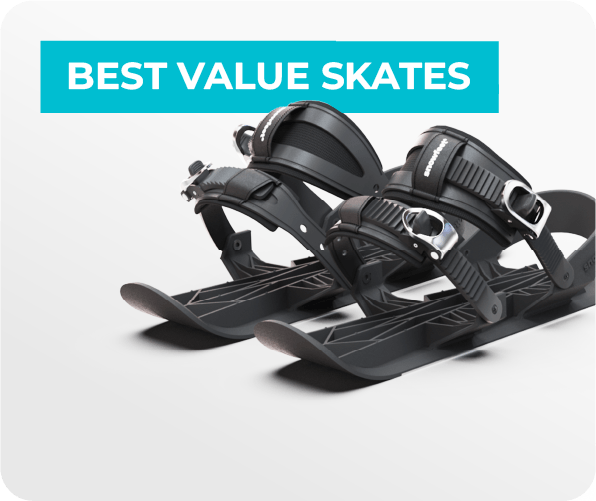



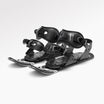
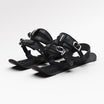
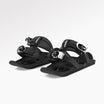
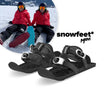

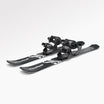

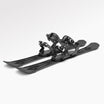
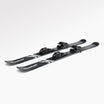






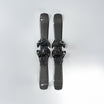
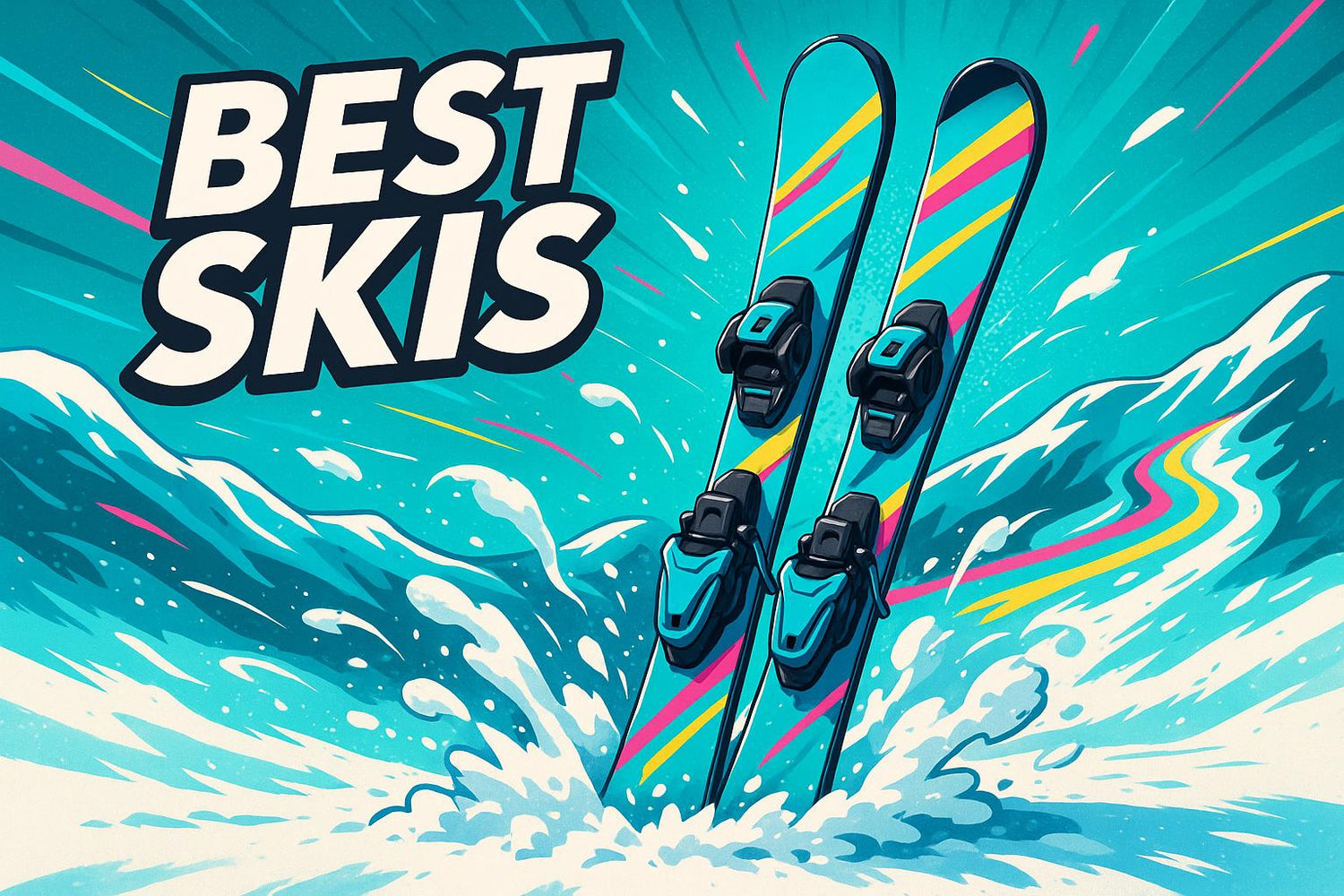
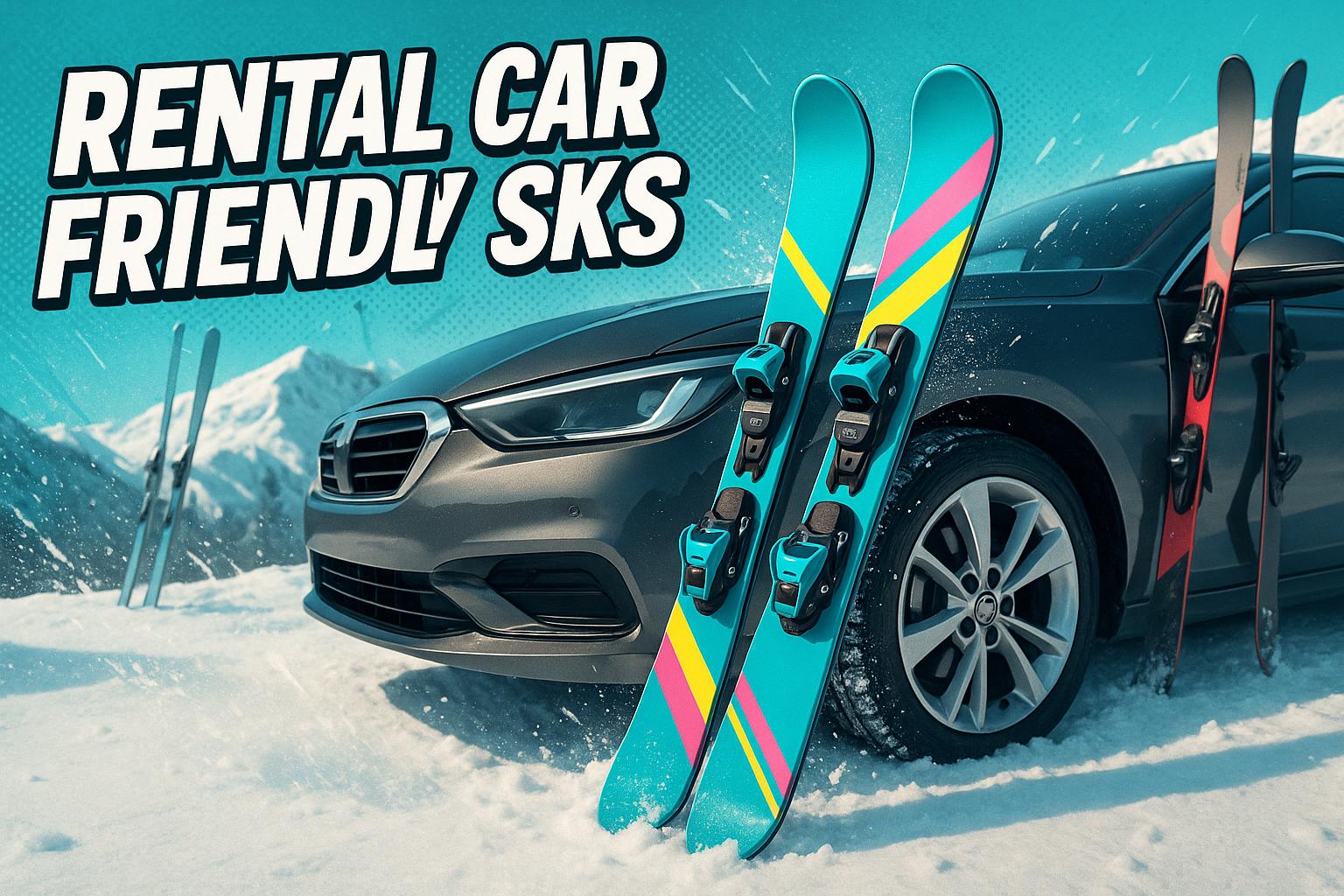

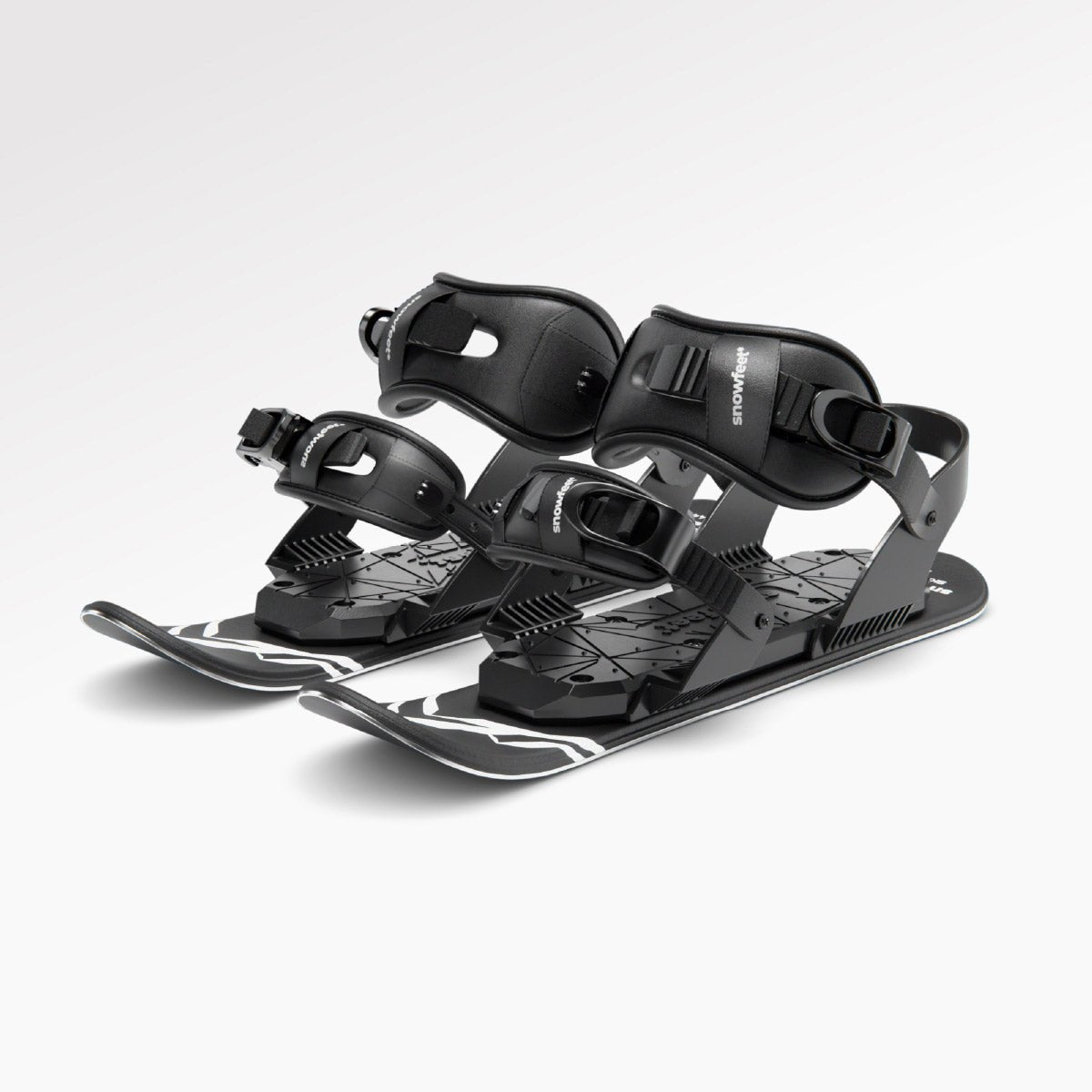
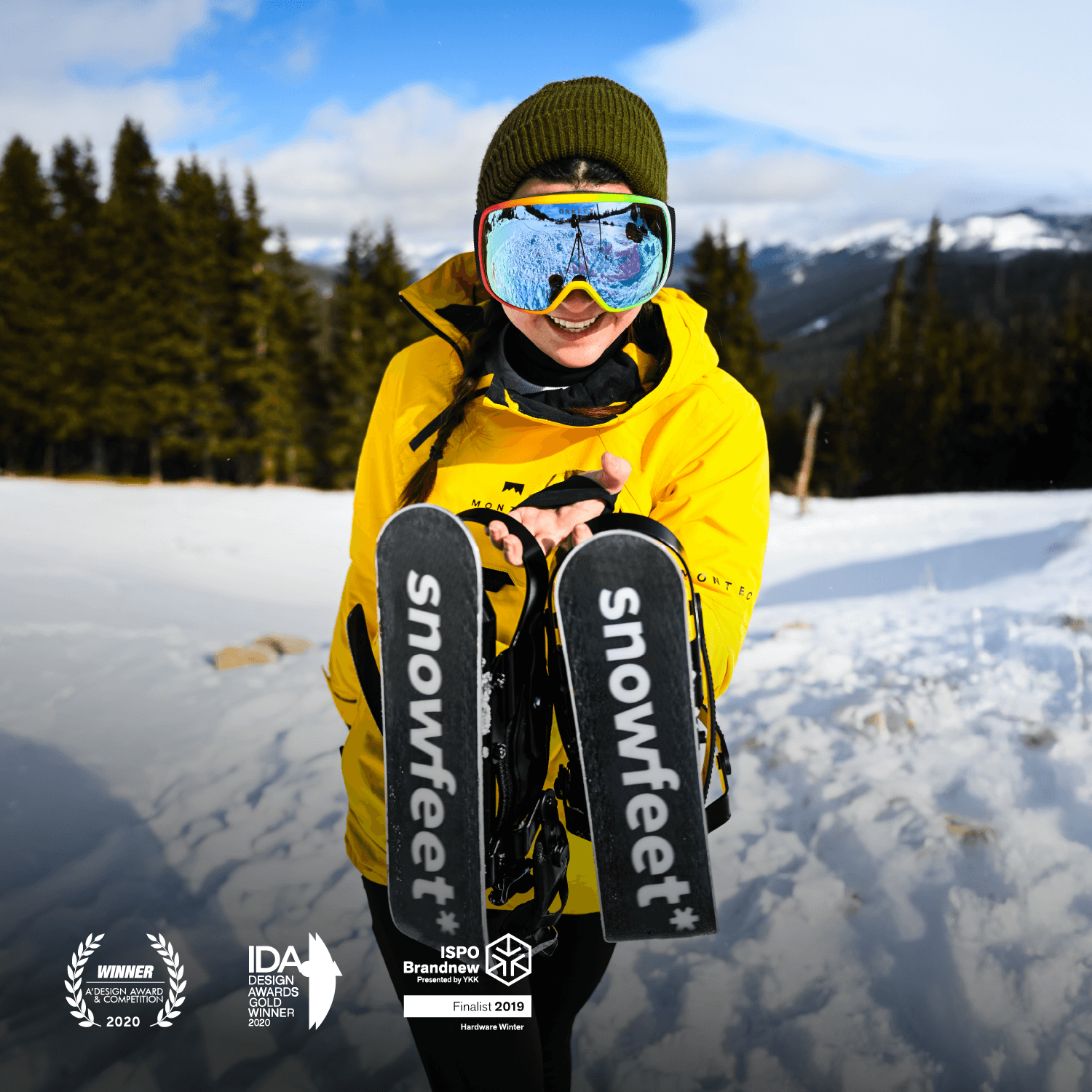
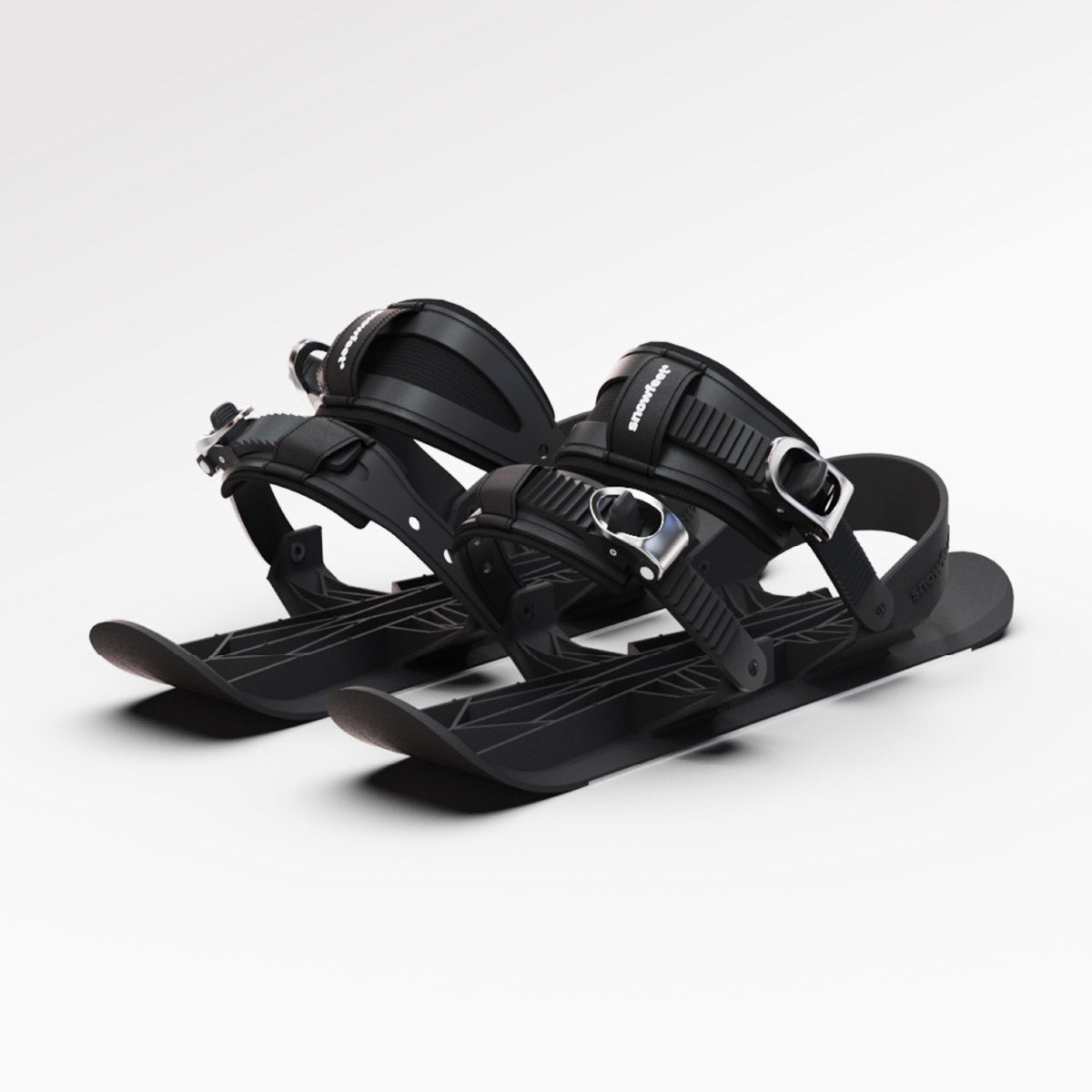

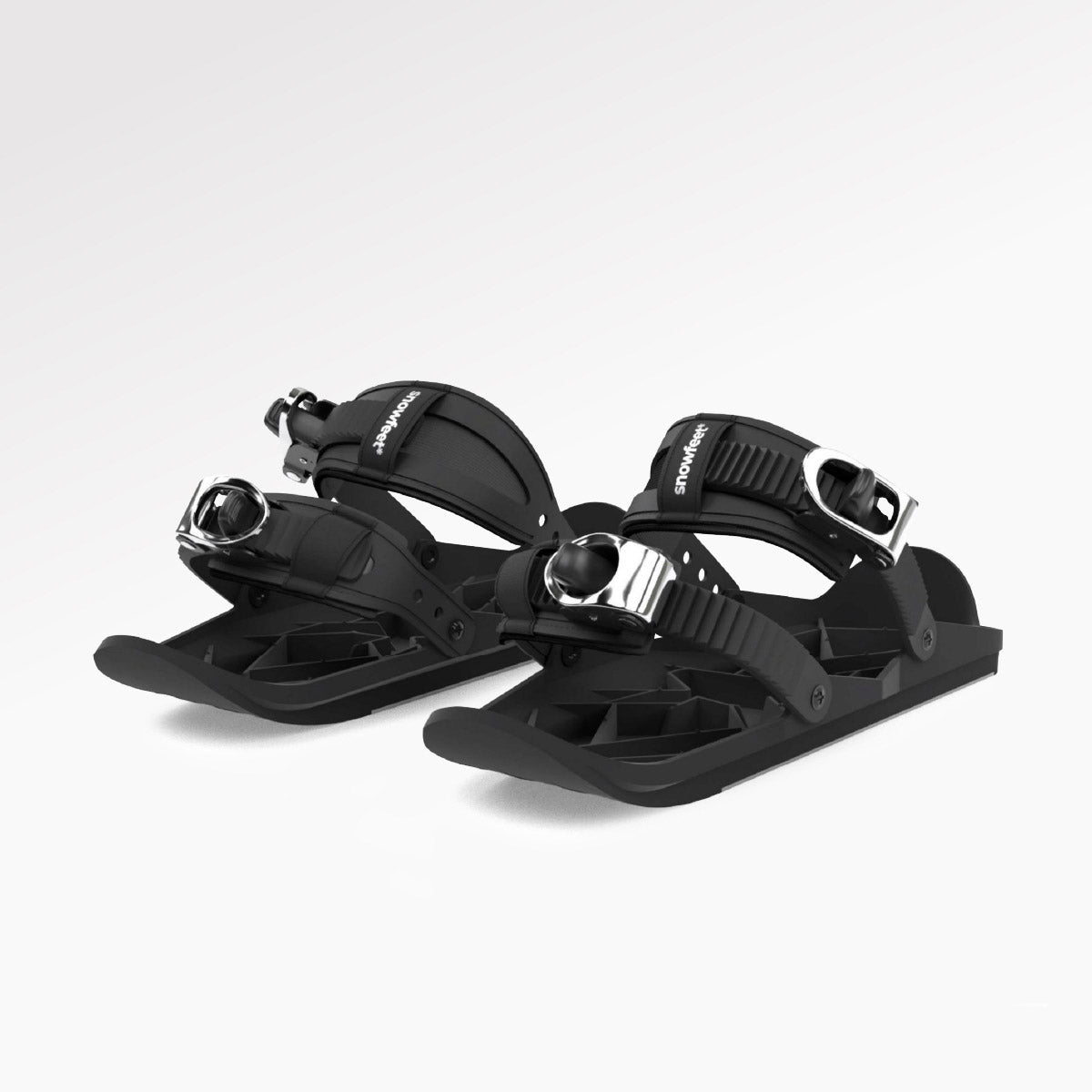
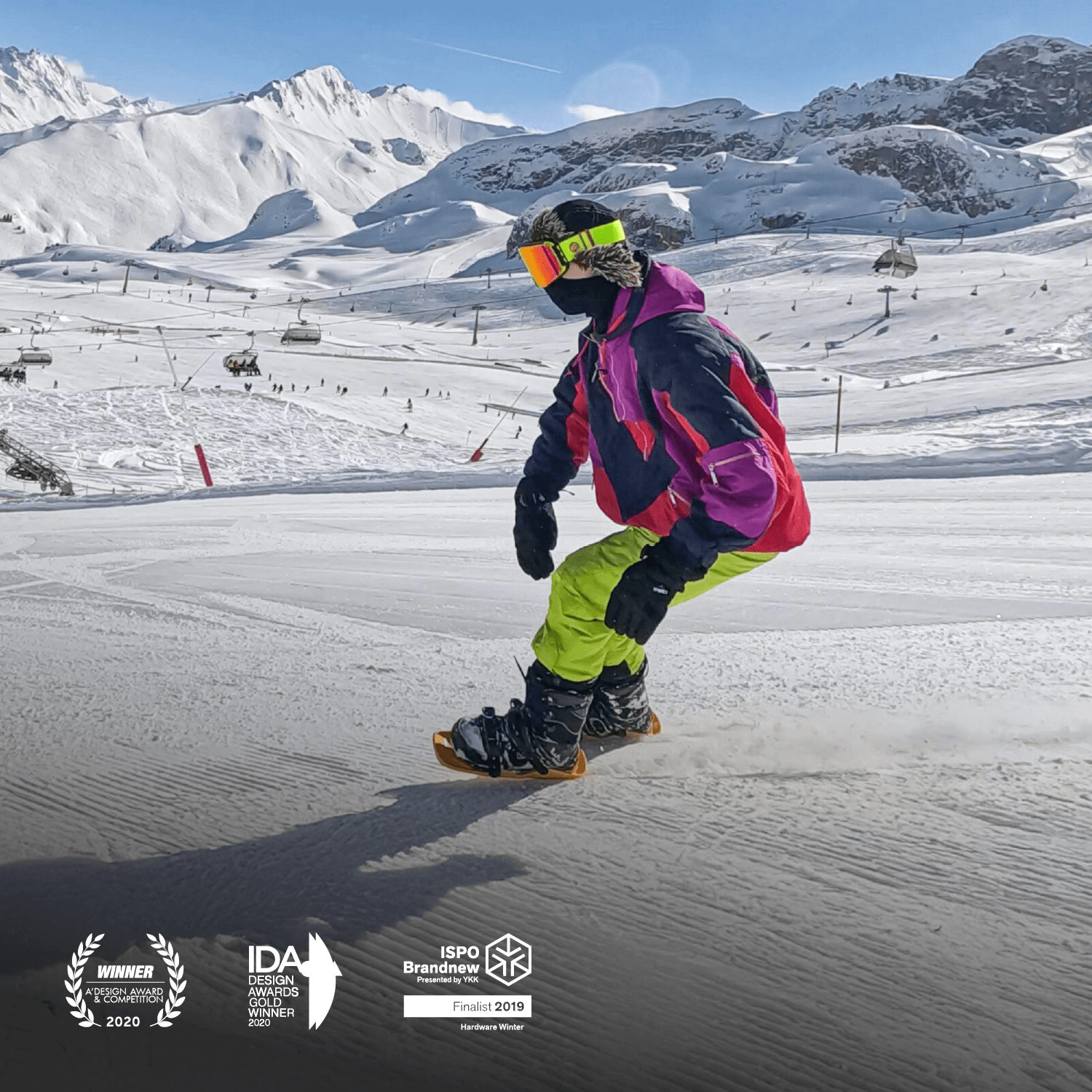


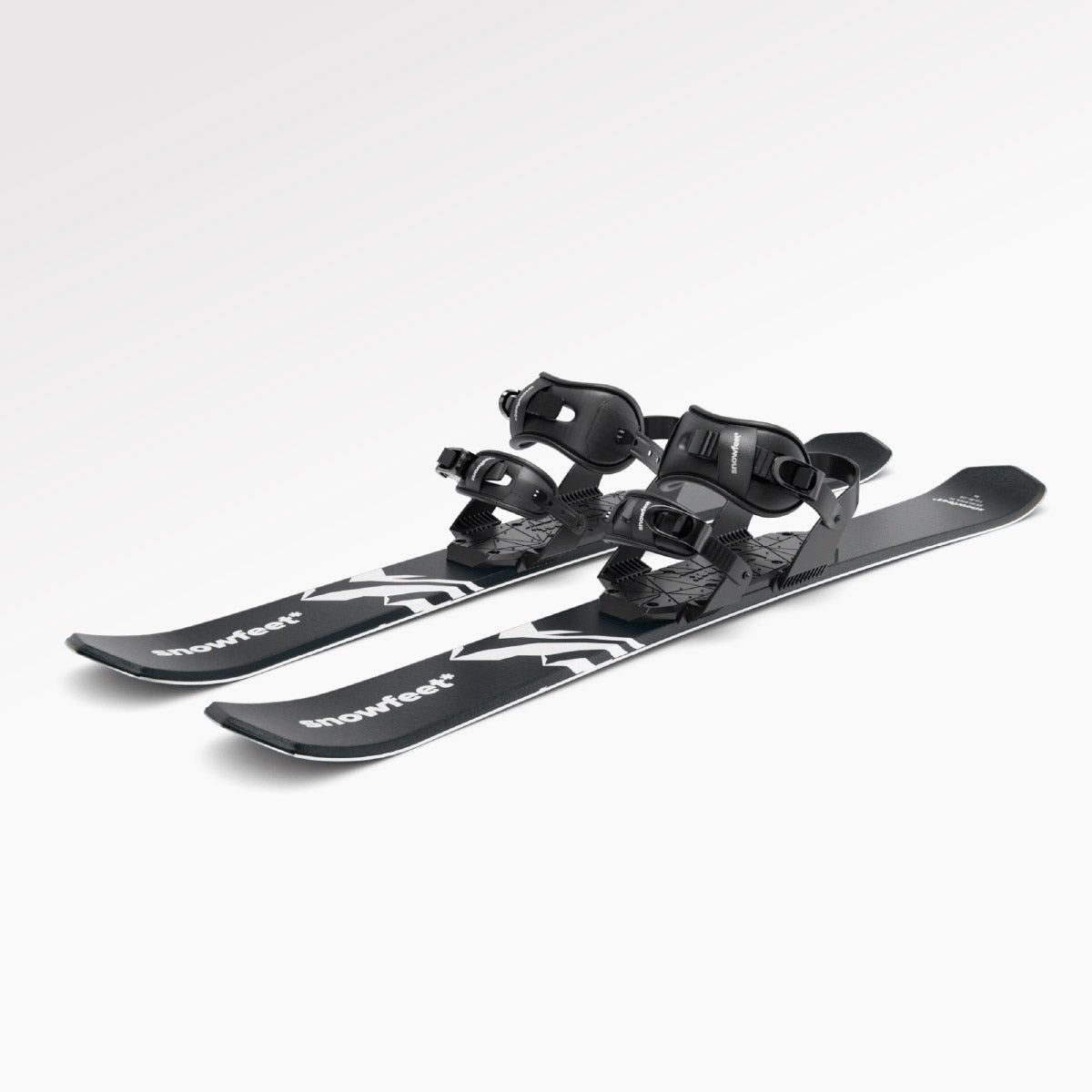
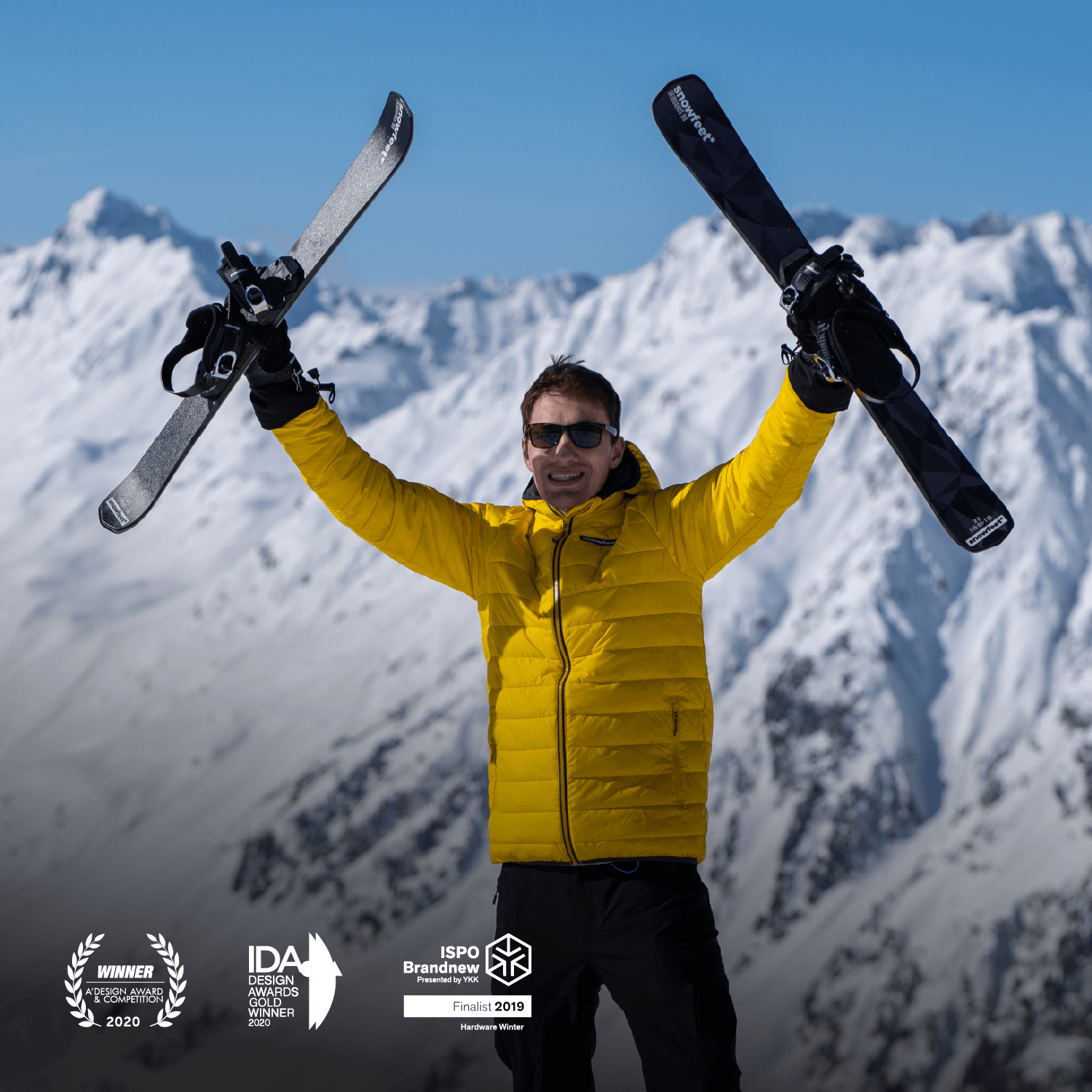
Laisser un commentaire
Ce site est protégé par hCaptcha, et la Politique de confidentialité et les Conditions de service de hCaptcha s’appliquent.